As I mentioned in previous articles, human material progress is the outcome of long process of evolutionary change that involves the combination of simple objects to create more complex objects that are fundamentally different from their constituent parts. One can think of the history of the universe as the development of ever more complex evolutionary processes.
These evolutionary processes can be broken down into four basic types:
Biological evolution (covered in this article)
Cultural evolution - change in human societies without necessarily delivering material progress for the masses.
Progress - a sub-set of Culture Evolution that delivers an increased material standard of living for the masses. Material progress only became possible when The Five Keys to Progress evolved.
In this article, I will explain biological evolution.
The following is an excerpt from my book From Poverty to Progress: Understanding Humanity’s Greatest Achievement. You can purchase discounted copies of my book at my website, or pay full prize at Amazon.
You might also be interested in reading my other posts on Progress and Evolution:
Understanding biological evolution (this article)
Understanding cultural evolution (coming soon)
Biological Evolution
Biological evolution was the next level of evolutionary processes after Physical/Chemical evolution. Biological evolution is based upon combining a sub-set of elements and molecules to form a lifeform that is capable of surviving and reproducing. The key elements are
Carbon
Hydrogen
Oxygen
Nitrogen plus a few others.
Chemists know these objects as organic elements.
Biological evolution is fundamentally different from Physical/Chemical evolution in that biological organisms can reproduce. Physical/Chemical objects can survive based upon the interaction of the four fundamental physical forces, but they cannot reproduce. The ability to reproduce and change slightly with each generation makes life far more complex than the relatively simple atoms, molecules, and compounds that make up the rest of the Universe.
Biological evolution is a process of change that is driven by four factors:
Constraints on resources necessary for survival
Variation: every individual varies from other members of the same species.
Genetic heritability: many of the variations between individuals are inherited from the biological parents.
Differential reproductive success: individuals differ in their ability to survive and reproduce.
Variation is injected into the biological world via three methods:
Meiosis (the process of cell division that creates four genetically-distinct daughter cells)
Genetic mutations (“mistakes” in the DNA copying process)
Sexual reproduction (where half of the chromosomes of the mother are combined with half of the chromosomes of the father)
When these factors are combined, biological evolution is the inevitable result. This is just as true for humans as it is for plants and other animals. While simple in concept, biological evolution has resulted in amazingly complex adaptations. These adaptations are strikingly similar to the technological innovations that enable more complex societies to evolve.
In his book, Principles of Social Evolution, Andrew Bourke lists the major transitions of biological evolution including (a summary of this book). Each transition involved the combination of simple objects to create more complex objects that are fundamentally different from their constituent parts:
Organic molecules combining to form replicating nucleic acid molecules.
Replicating nucleic acid molecules combining to form chromosomes.
Very simple organisms combining to form single-celled organisms.
Single-celled organisms combining to form multi-celled organisms.
Multi-celled organisms combining to form social organizations (i.e. flocks of birds, herds of mammals, and schools of fish).
You can continue all the way up to the biome and ecosystem, of which I have already written a number of articles.
Note that each transition increases the size, complexity, and diversity of the resulting biological organism. As we will see, this is remarkably similar to the way that important technological innovations increase the size, complexity, and diversity of human societies.
Biological evolution rapidly accelerates the complexity and rate of change on planet Earth. Biological entities acquire energy and other nutrients from the environment and harness biochemical processes to create a stable internal system that enables them to survive and reproduce. Because there are finite amounts of energy and nutrients in nature, organisms must compete with each other to survive and reproduce.
The combination of finite resources, variation, heritability, and differential reproductive success makes the biological world far more dynamic and complex than the Physical/Chemical world. Each generation of biological organisms is better adapted to its environment than the last. And each species within an ecosystem interacts with the others. The result has been a constant increase in the number of species and a general movement towards increasing complexity.
In the next article, I will explain the next step in the evolutionary process: Cultural Evolution.
The above was an excerpt from my book From Poverty to Progress: Understanding Humanity’s Greatest Achievement. You can purchase discounted copies of my book at my website, or pay full prize at Amazon.
You might also be interested in reading my other posts on Progress and Evolution:
Understanding biological evolution (this article)
Understanding cultural evolution (coming soon)

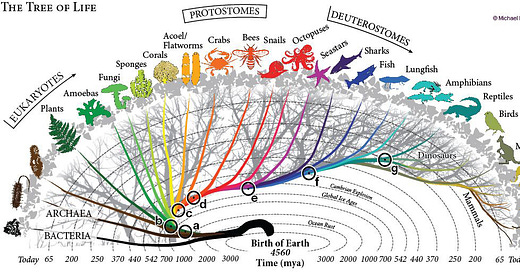



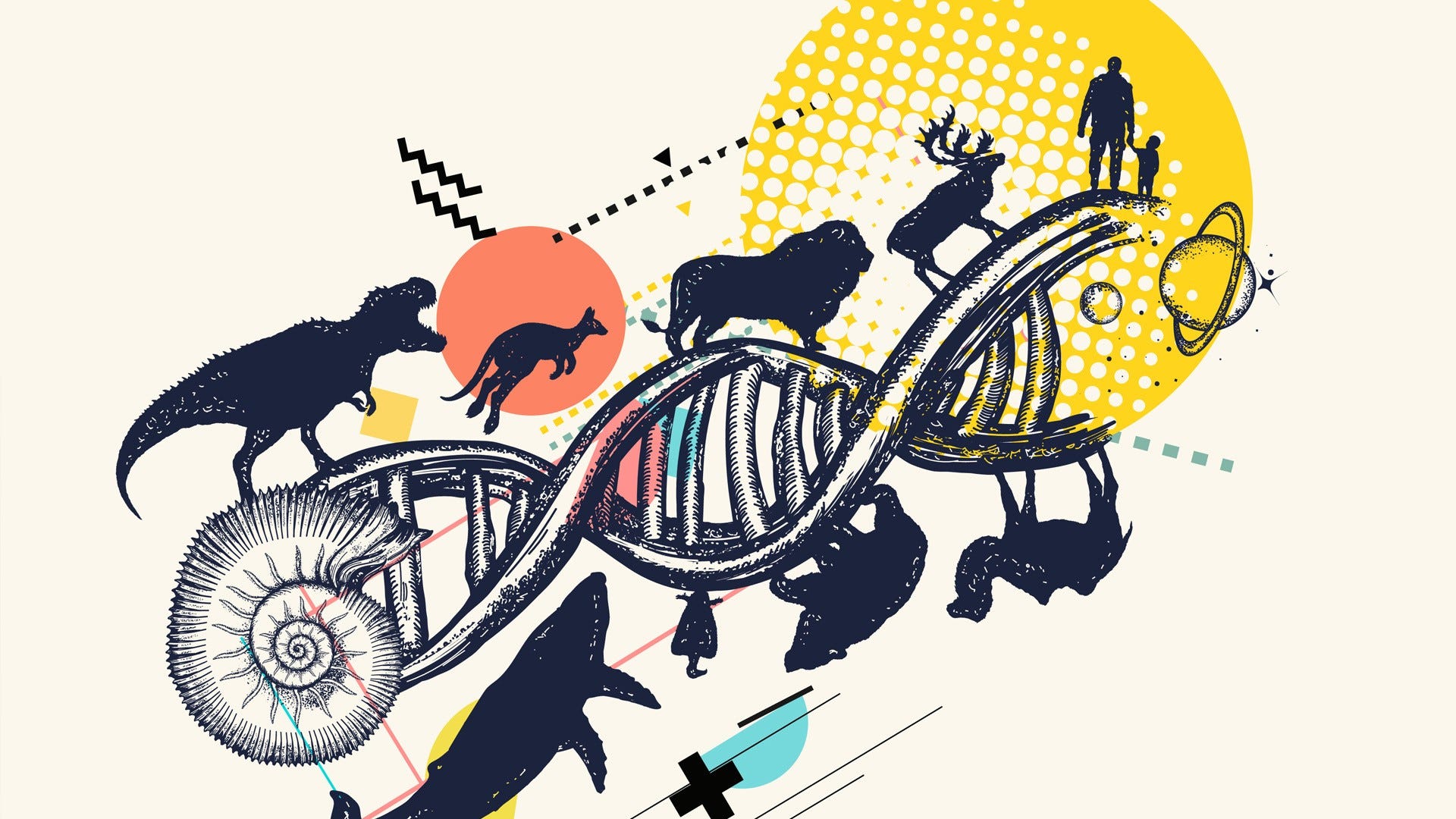

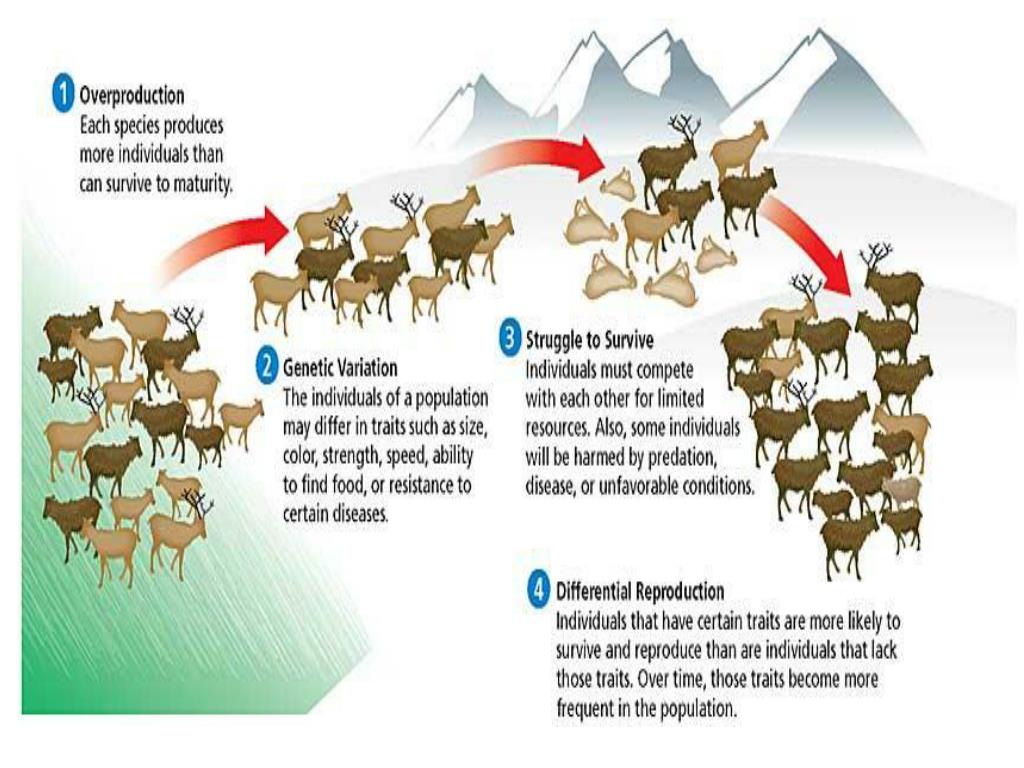

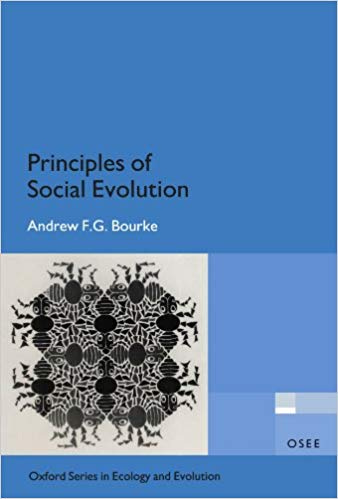
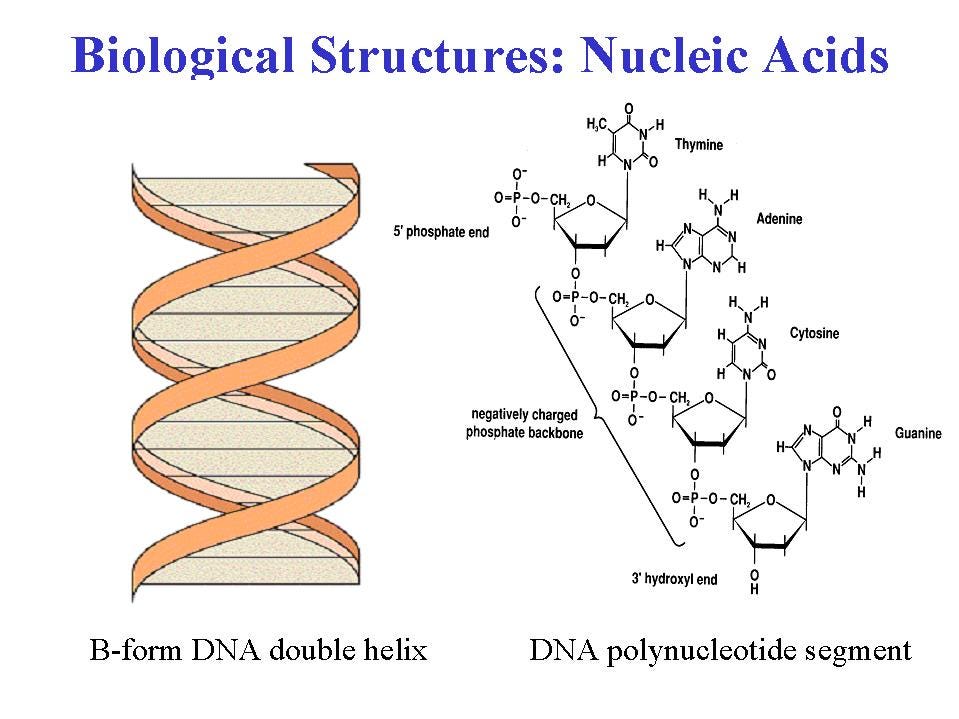
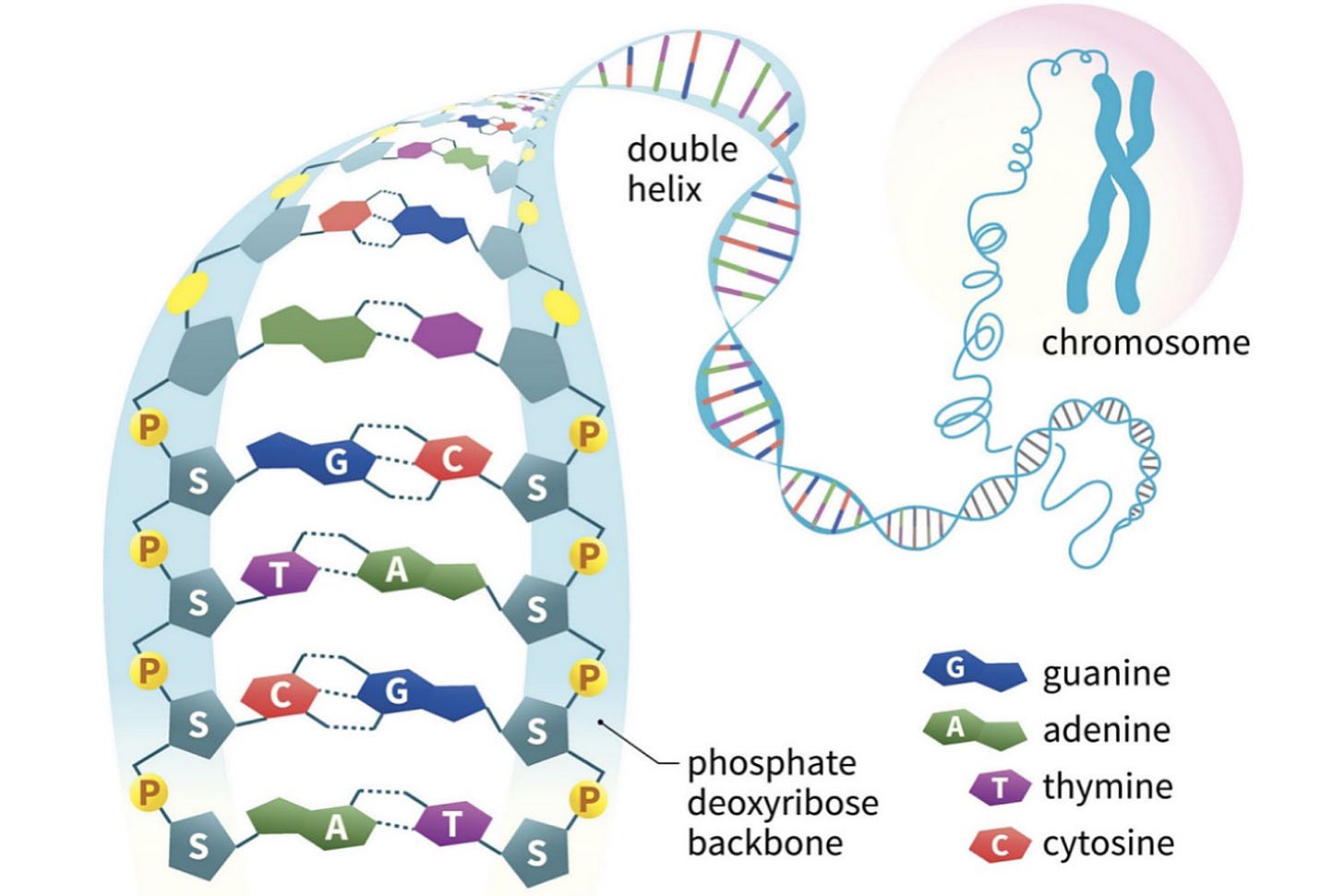
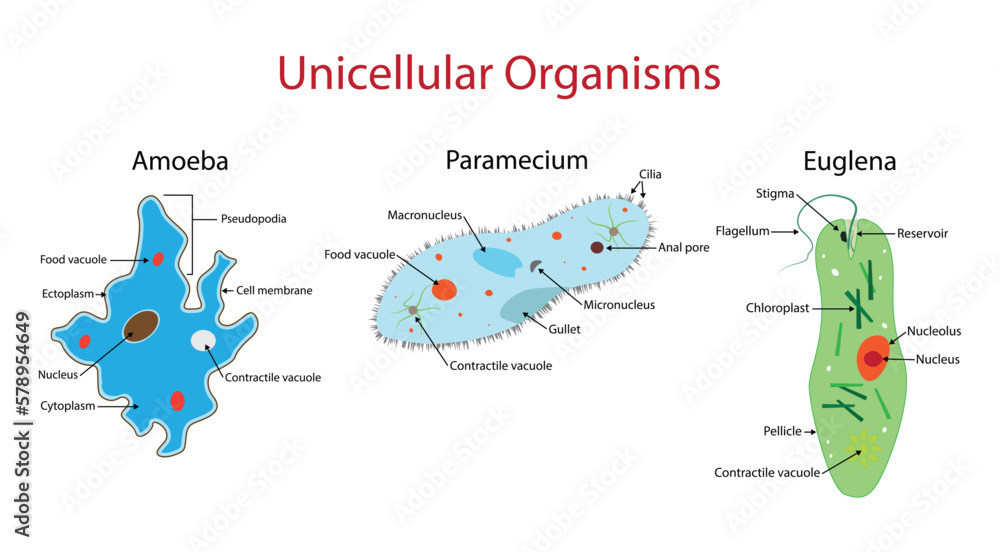
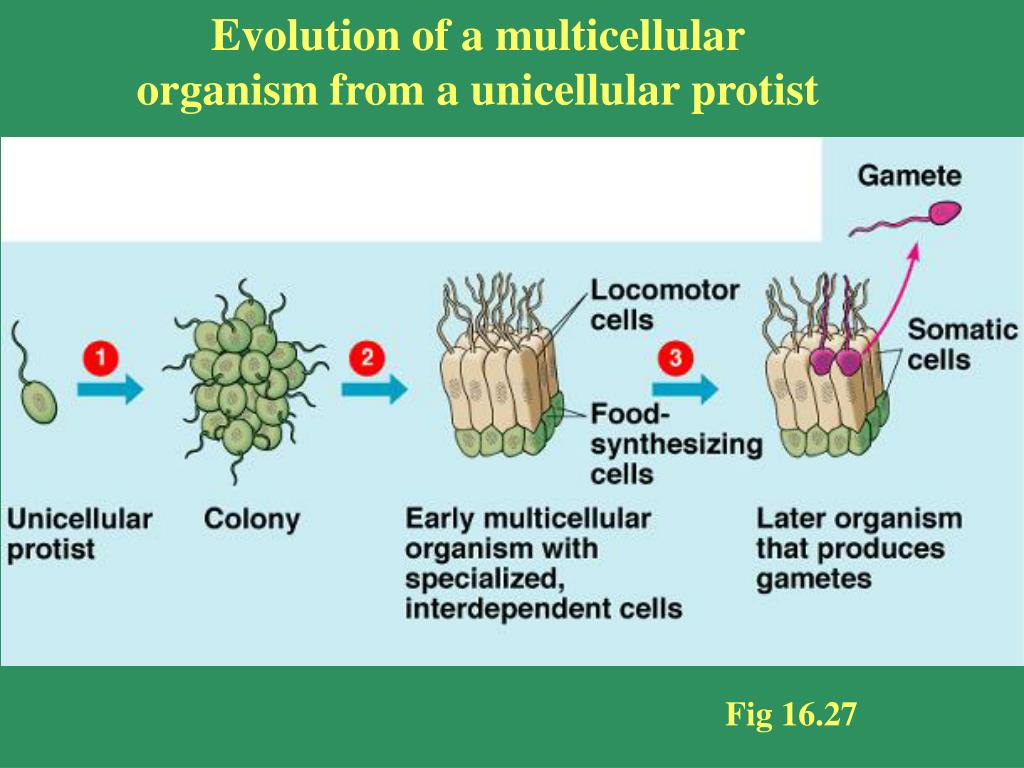
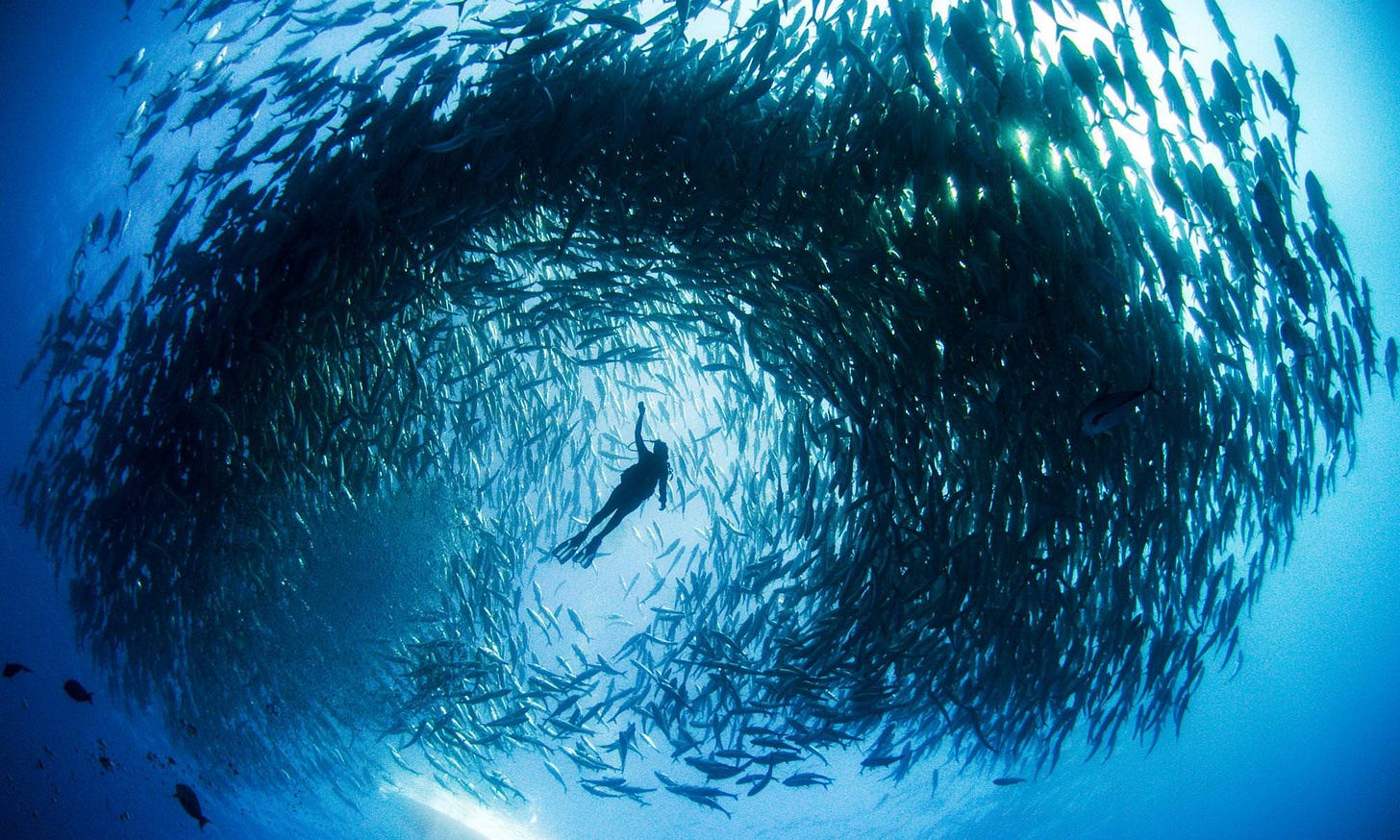
Cultural evolution is underappreciated and frankly, something I need to write about. The concept is simple though. Instead of having was wait for genes to be passed down, information could be passed instantaneously from one generation to the next. And better yet, information can be passed within generations and between unrelated family members.
This is huge and was absolutely crucial to separating humans from most of the species that came before us.
Wow! almost a year since this was published initially. This whole Substack has all been very educational and useful for me over that time span, even when I end up missing a few episodes.
In that interval I have also read an interesting book related to this topic: Philip Ball's How Life Works: A User's Guide to the New Biology [2023].
He brings out that the more recent research has shown that proteins can also be formed via biochemical pathways that do not involve DNA directly (as previously thought). He treats the overall biological evolution as occurring at the levels of:
1. biochemical actions, involving DNA transcription/ translation/ etc. plus other reactions involving RNA, etc. Epigenetics also is active at this level. What people thought they knew about this level was already pretty complex, but the work over the last two decades has shown it is even more complex than that!
2. cellular level
3. tissue level
4. organism level